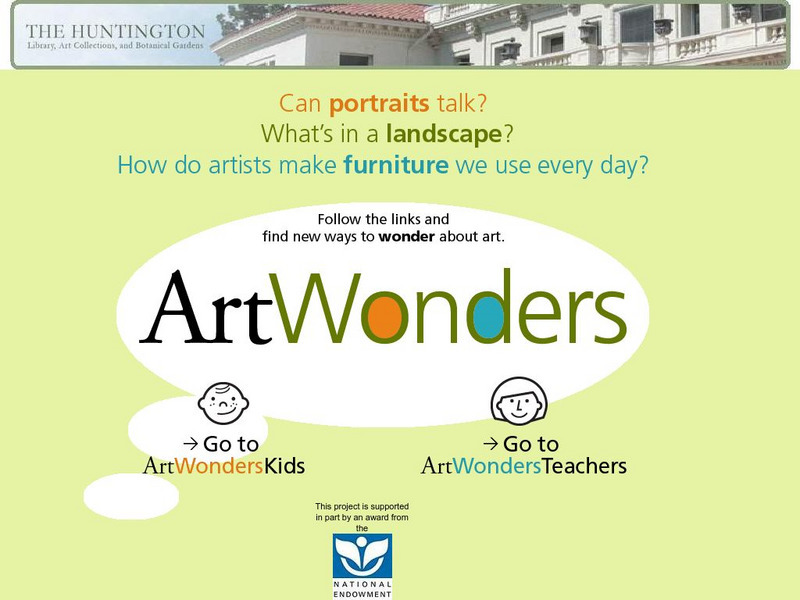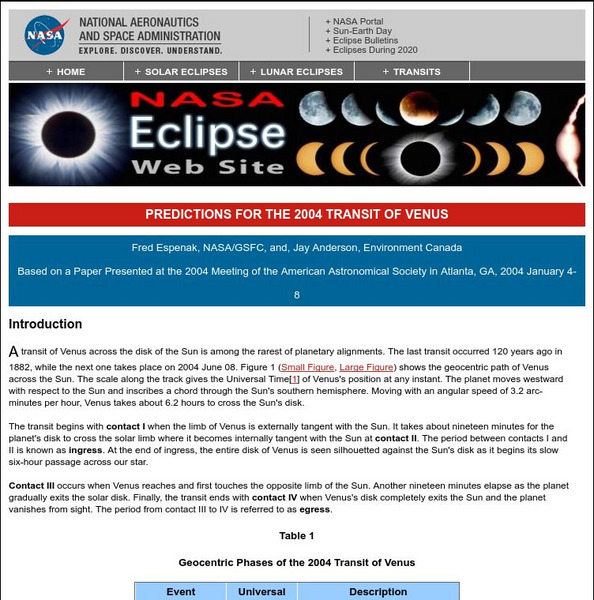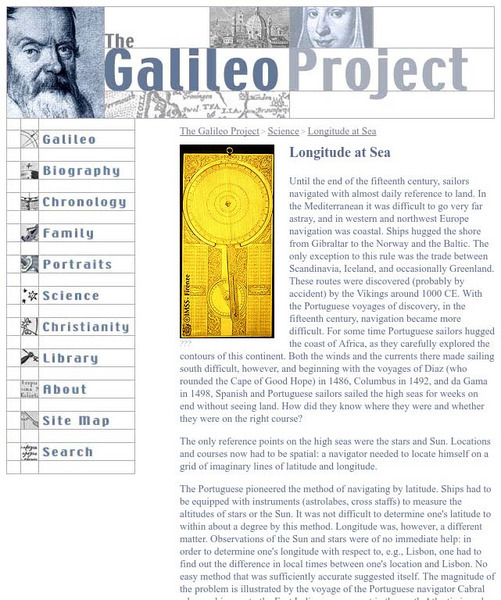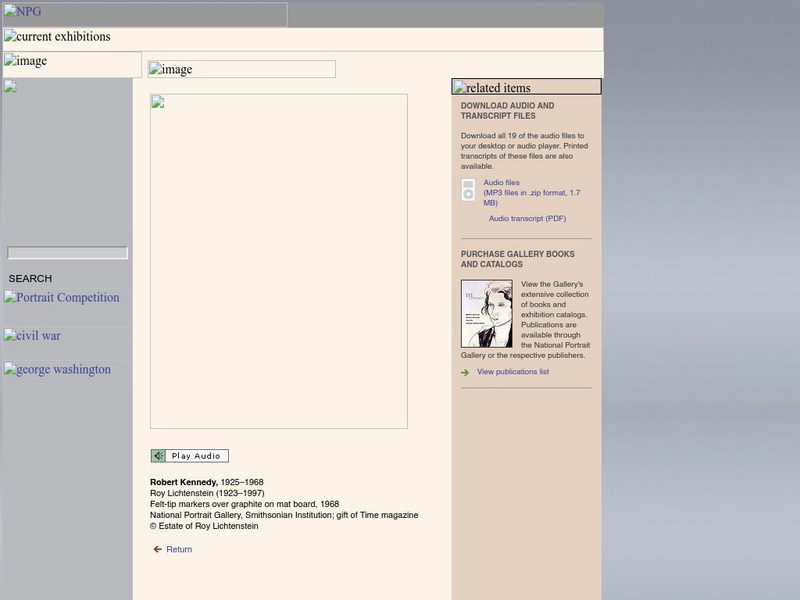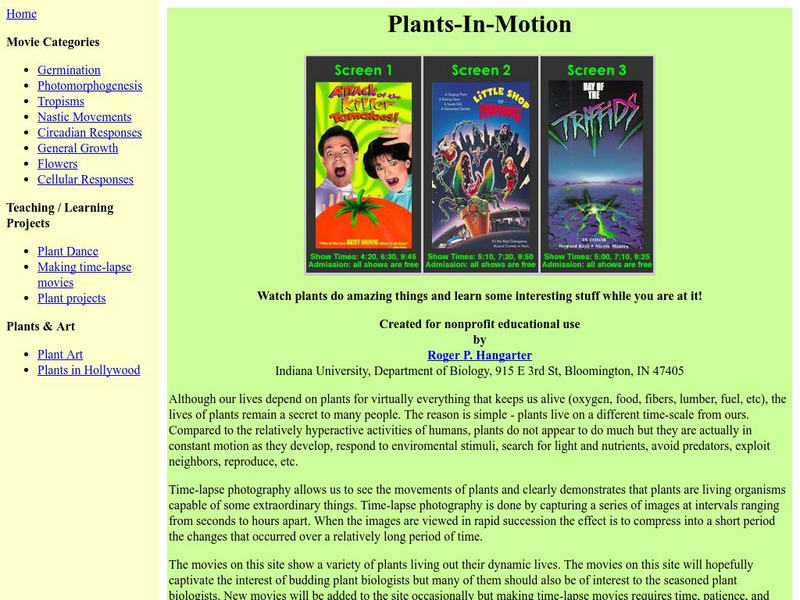Biology in Motion
Evolution Lab
Evolution occurs though change over time, but can it go any faster? Scholars speed up the process of evolution and observe a simulation of 20 blue organisms fighting for survival. A graph displays the changes in phenotype over time. By...
Smithsonian Institution
Cold War
The Cold War was not necessarily always cold in temperature, but the relationship between the United States and the Soviet Union sure was frigid! Scholars read various passages, view exhibition graphics, and observe an artifact from the...
American Museum of Natural History
All About Horses
Horses come in all shapes and sizes, but all belong to the same species. Young scholars explore the different traits and connect the information to genetic modification. The interactive gives them the option to read about 18 different...
American Museum of Natural History
Around the World with DNA
DNA analysis could be what saves some animals from extinction. An interactive lesson shows learners how DNA information proves variation among animals of the same species and how stakeholders use that information to make decisions. Easy...
American Museum of Natural History
Bio-Benefits
Kick-start a discussion of the importance of biodiversity with a colorful resource that touts the benefits of maintaining healthy ecosystems. The images stress the interdependence of all the elements of an ecosystem.
University of North Carolina
Oral History
There's no better way to learn something than to hear it straight from the horse's mouth. A handout on oral history, part of a larger series on specific writing assignments, explains how to conduct interviews and use the information...
American Museum of Natural History
Around with World with DNA
A mammalogist, ornithologist, ichthyologist, and a conservation geneticist share their work and their hopes that their research will help protect and save endangered species and their habitats.
American Museum of Natural History
Journey to the Stars
Fifteen detailed pictures and informative captions delve deep into the exploration of stars—their life cycle and importance in the universe.
Other
Edu Media: 2. Make Observations at Different Times of Year
Choose from four animations that show why the amount of daylight is different throughout the year. Topics include the seasons, the sun's apparent path, and days and nights over the year.
PBS
Kqed: Quest: Education: Media Making Toolkit [For the Science Classroom]
A comprehensive guide to integrating media-making into a science classroom provides an engaging way for students to demonstrate knowledge and build 21st-century learning skills. Supplies tools for teachers to make science-based media,...
PBS
Kqed: Quest: Education: Media Making Toolkit [For the Science Classroom]
A comprehensive guide to integrating media-making into a science classroom provides an engaging way for students to demonstrate knowledge and build 21st-century learning skills. Supplies tools for teachers to make science-based media,...
Huntington Library
Huntington Library: Art Wonders
Can portraits talk? What's in a landscape? How do artists make furniture? ArtWonders helps young learners ask and answer the kinds of questions that make observing art an interactive experience.
NASA
Sci Jinks: What Makes It Rain?
or snow or sleet? Check out this concise explanation and illustration of the water cycle.
NASA
Nasa: Predictions for the 2004 Transit of Venus
NASA site provides detailed information on the 2004 transit of Venus across the sun. Also explores the modern value of Venus transits and how they aid in the study of astronomy.
Other
My Jewish Learning: Rosh Hashanah
A comprehensive resource about Rosh Hashanah sponsored by Hillel, the foundation for Jewish student life at universities around the world. Learn about the themes explored in Rosh Hashanah liturgies, the origins of the holiday, foods that...
Rice University
Galileo Project: Longitude at Sea
This site from the Galileo Project of the Rice University provides an in-depth look at the historic problems figuring out longitude. Links are provided throughout this article along with pictures, making this a great site to check out.
Smithsonian Institution
National Portrait Gallery: Eye Contact: Robert F. Kennedy
Wendy Wick Reaves, a curator at the National Portrait Gallery, makes observations about the portrait of Robert Kennedy by Roy Lichtenstein.
The Wonder of Science
The Wonder of Science: 1 Ps4 2: Illumination and Darkness
This NSTA vetted source includes resources to allow students to make observations that prove objects in darkness need light to be illuminated. Included are assessment ideas, videos, examples, lesson plans, and photos of student work.
PBS
Pbs Learning Media: Jamaica Bay Introduction
In this video segment from WILD TV, learn about the field study of scientists observing raccoons and terrapins in Jamaica Bay.
Science Buddies
Science Buddies: Slime Chemistry
Have you ever wondered how fun toys like Silly Putty, Gak, and Slime are made? These products are so much fun because of the properties of polymers, which make them delightfully bouncy, stretchy, sticky, moldable, breakable, hard, soft,...
Other
Voyages: Scientific Circumnavigations: Dampier
Read about the unlikely journals and observations of William Dampier, an English pirate who sailed the Pacific, making landfall in the Philippines, East Indies, and Australia. See his maps, descriptions of the Pacific, and observations...
University of Wisconsin
University of Wisconsin: The Constellations and Their Stars
An excellent site dedicated to the constellations and information about the objects which make them up. Contains a great deal of information about various stars, galaxies and other objects, as well as details on how best to observe them.
Indiana University
Indiana University: Plants in Motion
Plants grow and change on a time scale that is too slow for us to observe in real time. Time-lapse photography is a simple technique that allows us to see the movements of plants and clearly demonstrates that plants are living and...
Other
Nasa: Helioviewer Project
Explore the sun with this solar data browser! The website allows students to see images of the sun for any amount of time or length. Students can take screen shots or make movies based on their observations. Also included is a slideshow...
Other popular searches
- Making Observations Science
- Making Observations Biology
- Ell Making Observations
- Making Observations in Science
- Ell + Making Observations





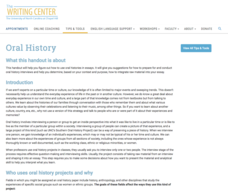
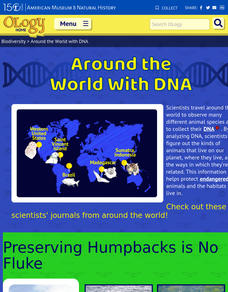

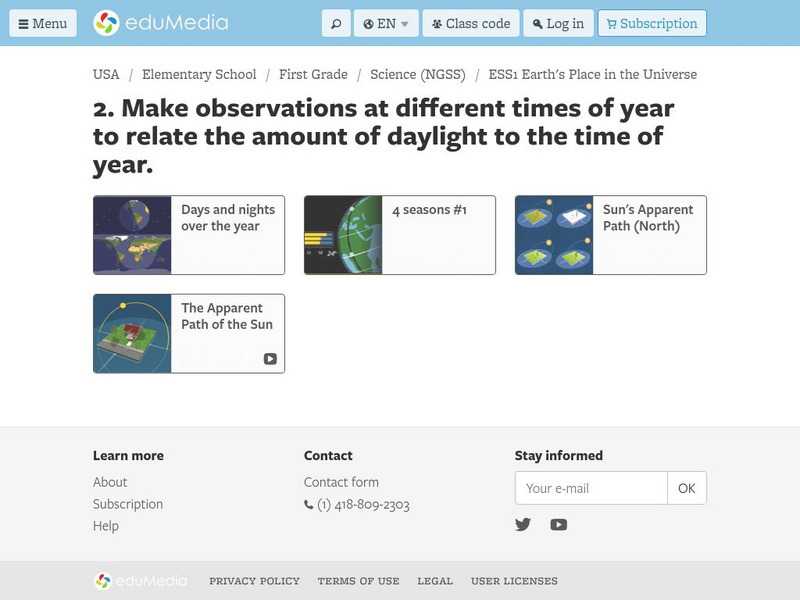
![Kqed: Quest: Education: Media Making Toolkit [For the Science Classroom] Website Kqed: Quest: Education: Media Making Toolkit [For the Science Classroom] Website](https://content.lessonplanet.com/knovation/original/245823-e730f67262f9a7f20ea974f3178b54ff.jpg?1661496315)
![Kqed: Quest: Education: Media Making Toolkit [For the Science Classroom] Website Kqed: Quest: Education: Media Making Toolkit [For the Science Classroom] Website](https://content.lessonplanet.com/knovation/original/246841-d486db05b9554a6d83889d2481c68ebc.jpg?1661803394)
